Period cramps are normal, right?
For lots of women, period cramps have been something you’ve had to deal with ever since you got your first period. From talking to the other women in your life, you may assume that horribly painful cramps are just part of menstruation because so many women suffer from it. Unfortunately this is a common misconception and just because it is common does NOT mean it is normal. Period pain is one of the top reasons for missed school and work in young females(1) which is ridiculous! For the amount of periods you’ll experience in your lifetime, there has to be a better way to deal with this!
The Menstrual Cycle:
In order to understand what is abnormal about your menstrual cycle, it is important to understand what is supposed to happen! Your cycle starts on Day 1 with low amounts of estrogen and progesterone that ramp up until ovulation(~day 14). It is normal to feel some minor lower abdominal discomfort around ovulation. Then around approximately day 28, if there is no fertilization (AKA you aren’t pregnant) the hormones will drastically drop off leaving you to shed your uterine lining. That is when your period starts!
What’s Normal:
The discomfort of your period should be minimal and not require any pain medication to manage it. If the pain is more severe or lasts longer than the first day or two of your period, that could indicate that there is something negatively impacting your monthly cycle.
Steps to a Better Period:
So what to do about cramps? The baseline for beginning to treat them is figuring out why you’re experiencing painful periods. The problems could be stemming from your diet, your hormones, or your pelvic floor muscles. These can be modified and improved for a better monthly cycle!
Other common culprits behind painful periods are endometriosis, ovarian cysts, or fibroids. As far as these go, pelvic floor PT can’t change the size of a cyst or make fibroids go away-but it can help treat surrounding areas of inflammation and pain to help you manage the pain caused by it.
Muscle Overactivity:
Overactive pelvic floor muscles, tight abdominal fascia, or restrictions in the reproductive organs can contribute to discomfort during that time of the month. As pelvic floor physical therapists, we use our manual skills to help release areas of muscle and fascia that are tight or restricted. By releasing those areas, we increase blood flow to the pelvic floor muscles and organs which means the uterus doesn’t have to work quite as hard to help shed the uterine lining (this means less intense cramping, YAY!).
Micronutrient Deficiency:
There are many nutrients that we simply don’t get enough of in our diets nowadays. Three of the big ones are Magnesium, Vitamin D, and Zinc. All of these play a specific role in our body’s functions and especially in our reproductive health.
Magnesium is a key player in period health. It functions to promote healthy muscles and better sleep. Most women would benefit from a daily supplement to promote better pelvic health and overall less painful periods.
Vitamin D helps to regulate your immune system and your hormones as well as maintaining strong bones. Vitamin D deficiency is common in women with PCOS and irregular periods and is often associated with magnesium deficiency.
Zinc helps reduce period pain by reducing inflammation and improving blood flow in your body. Supplementing zinc in the days leading up to your actual period can help reduce period pain (2).
As always, talk with your doctor or trusted healthcare provider before starting a new supplement especially if you take medications that could interact with the supplements.
Inflammatory Foods:
Alcohol, gluten, dairy, and sugar are common inflammatory foods that can have a big impact on how your body functions. Even if you don’t have a true gluten or dairy allergy, your body and digestive system may still be sensitive and experiencing inflammation as a result. Unfortunately, it isn’t enough to just cut these items out of your diet while you’re on your period to reduce period pain. Eliminating these triggers the whole month long will promote a healthier cycle with reduced discomfort and cramping.
Hormone Imbalances:
Hormone imbalances involving estrogen and progesterone can be a big player in painful periods. These two hormones are responsible for how your reproductive system functions. These two hormones complement each other nicely, but can be problematic if you have too much or too little of one. However, contrary to popular thought, the goal isn’t to keep your hormones from fluctuating, but to help your system be less sensitive to the changes throughout your cycle. This can also vary depending if you’re on the pill, an IUD, or any other form of hormonal birth control. Typically, those introduce higher doses than what your body needs or is used to. If the other ‘remedies’ for period pain in this article seem not to make a difference, it might be time to talk to your gynecologist or a medical professional about your birth control options.
Everyone’s experience with periods is different, however, severe pain and discomfort are not a normal part of having your period. It’s important to know that you shouldn’t have to deal with it and there are things we can do to help you! If you have more questions about period health or how to improve your monthly cycle, reach out to us at contact@revitalize-pt.com or DM us on social media to book your free consultation!
Sources:
Mike Armour, Kelly Parry, Narendar Manohar, Kathryn Holmes, Tania Ferfolja, Christina Curry, Freya MacMillan, and Caroline A. Smith
Journal of Women's Health 2019 28:8, 1161-1171
2. Briden, Lara. Period Repair Manual. Macmillan Australia, 2018.


